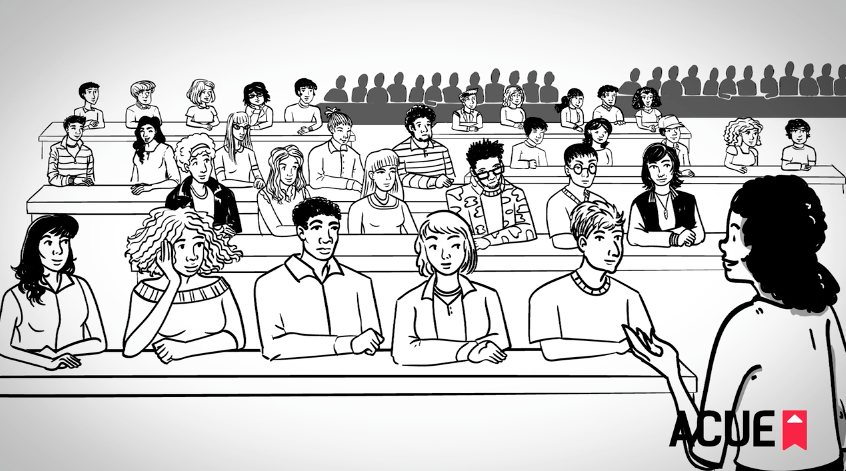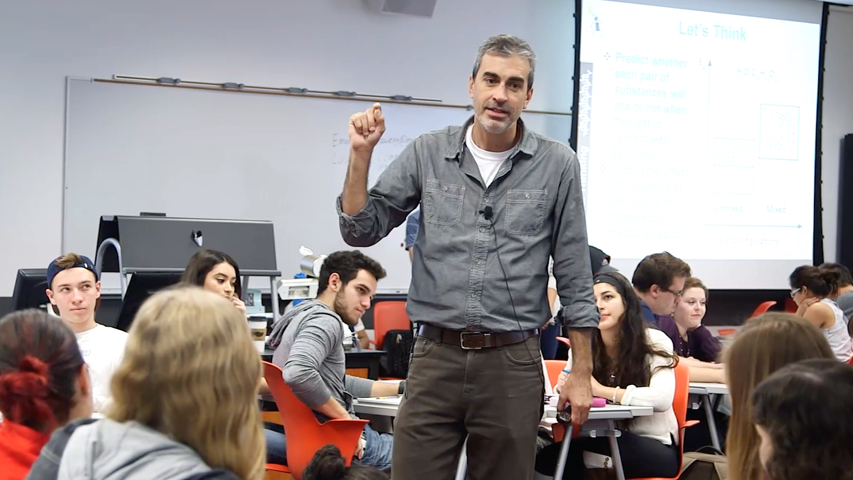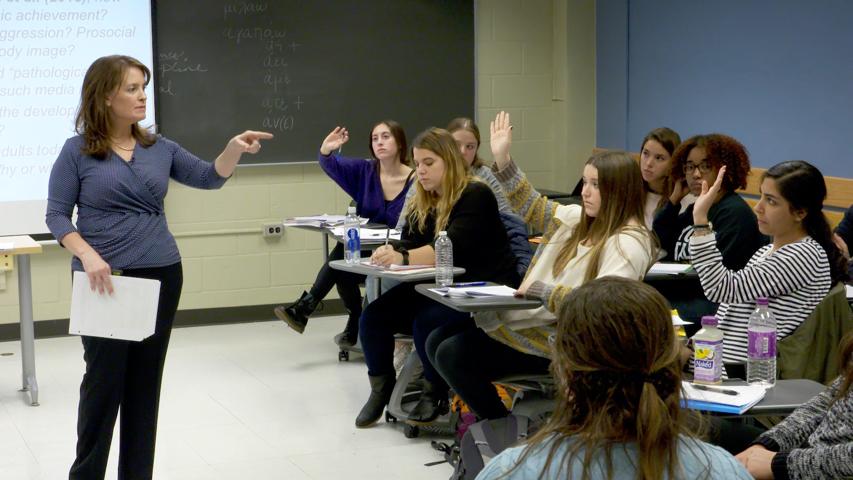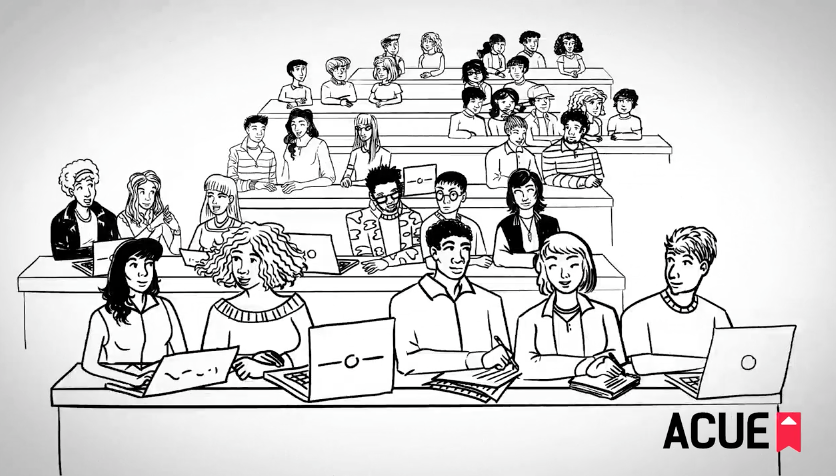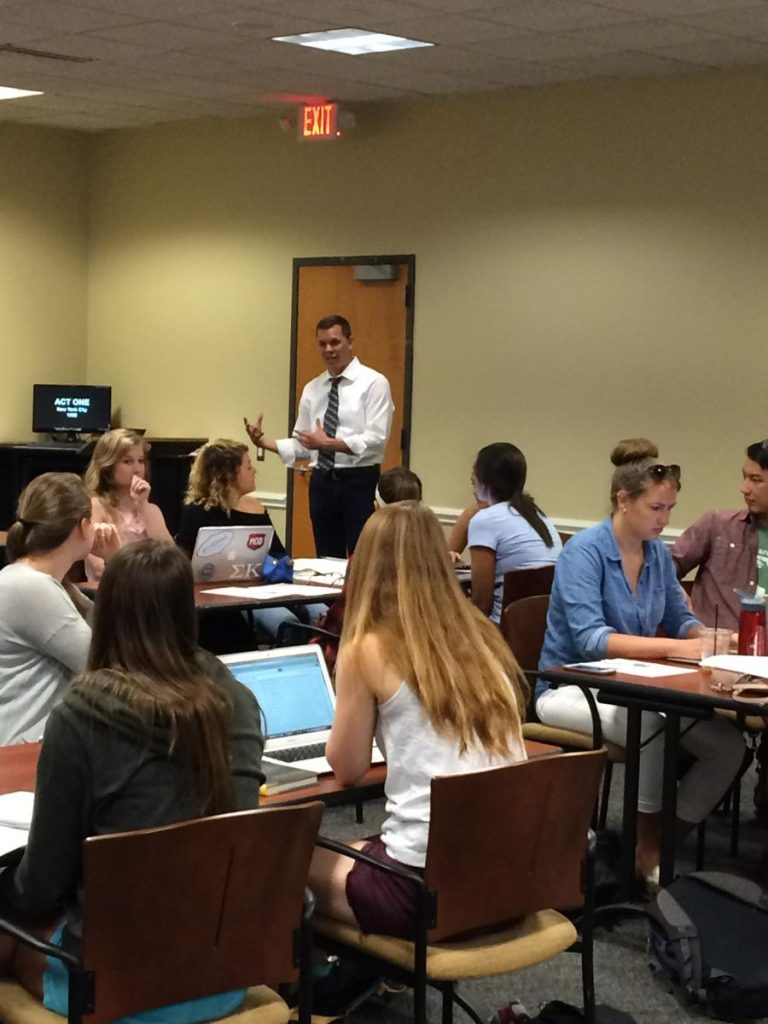Impacting student success requires a commitment—from every administrator, staff member, and faculty member—to change culture and practice, says Rebecca Karoff, associate vice chancellor for academic affairs at The University of Texas System. The Texas System is uniting members toward this end “to generate wider engagement with and shared responsibility for student success so that everyone at an institution sees their role, regardless of title or office.”
Convening student success teams was one goal of The University of Texas System’s Second Annual Student Success Summit, held in Grapevine last month. Karoff, who organized the meeting, sat down with ACUE to discuss how the summit advances the system’s goals and to share the importance of including faculty in strategic success initiatives.
Why was the summit established?
We held the first summit a year ago to launch a new system-wide student success initiative. We were charged by our incredible chancellor, William McRaven, to make a quantum leap in student success outcomes by being data-, quality-, and equity-driven, and by focusing on three pillars—finances, advising, and belonging—framed as commitments to students.
Who attended this year?
We hosted almost 125 people, including institutional teams of 10 to 13 people and comprising a variety of leadership and support roles in academic and student affairs, enrollment management, teaching and learning centers, career services, and diversity and equity offices, a few students, and even two of our system’s newest presidents.
How does the summit relate to your system-wide goals?
The convening of institutional teams is critical to meeting the goals of our student success initiative and advancing campus work. We are working to amplify data-driven and equity-minded culture and practice, and to generate wider engagement with and shared responsibility for student success so that everyone at an institution sees their role, regardless of title or office. While this culture exists at UT institutions to some extent, the whole endeavor requires deeper intentionality to be nurtured and sustained.
Summit presenters spoke about a variety of success initiatives (e.g., predictive analytics, course redesign, high-impact practices). Do you see effective teaching as foundational to these initiatives?
That’s an obvious and emphatic “yes.” The question is one of context and culture and how, in a large system like The University of Texas—with its beautiful diversity of student populations and institutional cultures—we can make visible, build capacity, and scale the role of effective teaching in student success.
How does effective teaching relate to the system’s three pillars of student success?
To demonstrate how effective instruction supports our three pillars, let’s focus on advising and belonging. The research could not be clearer that faculty relationships and mentoring impact student success, and that includes faculty advising. We’re also focusing on academic belonging, not only in terms of whether students are prepared to do the work, but also by looking at how we design syllabi, deliver content, integrate technology, develop assignments, assess student learning directly and authentically, and embed high-impact practices in curricula in ways that will facilitate belonging and, by extension, gains in retention and completion. We’re beginning to do a deep dive into academic belonging data and have uncovered clear connections to student success, including retention and graduation. The faculty role in this is enormous.
What key takeaways did participants have from attending the summit?
We need to engage faculty more intentionally in our student success agenda. Every team at the summit named this as a takeaway.
Secondly, we have to ask ourselves the question that Chancellor McRaven has posed: “What are we doing that, however unintentionally, puts barriers in front of our students?” Our campuses are really starting to internalize this question, which often leads to a willingness to overturn some orthodoxies entrenched in institutional practice and culture that may be impeding our students’ progress.
Another takeaway is that we need to break down silos for how, where, and by whom student success work is being done at our institutions. Time and again, I hear institutional teams at conferences say they have rarely, if at all, met to discuss the work they’re doing on their campuses. It’s often extraordinary work that happens in isolated places and not understood as making a collective impact. Breaking down silos matters, and it can be transformative.

